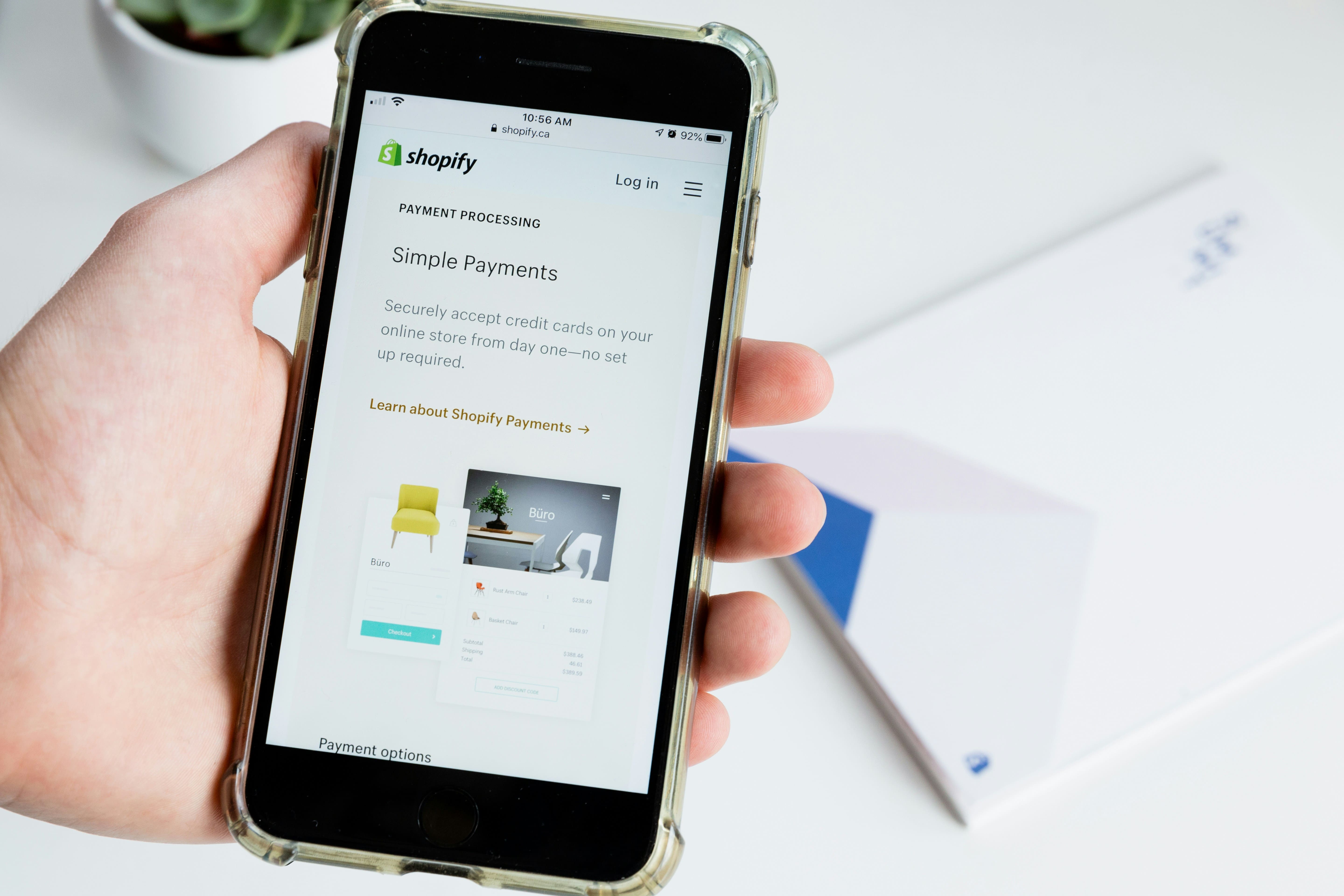E-commerce Retention Marketing: Growth Strategies from Small Scale to Million-Dollar Brands

Introduction
In the increasingly competitive D2C e-commerce landscape, relying solely on acquiring new customers is no longer sufficient for sustainable growth. With rising customer acquisition costs and intensified market competition, retention marketing has become the key to propelling brands from million-dollar to ten-million-dollar revenues. This article delves into the core strategies of retention marketing, including email marketing, SMS marketing, loyalty programs, post-purchase nurturing, and more, tailored specifically for small and medium-sized e-commerce brands with annual revenues of $1 million or less.
Why Retention Marketing is Critical
In recent years, the D2C e-commerce industry has matured, and competition in customer acquisition channels (e.g., Facebook, TikTok, Instagram) has intensified, driving up acquisition costs. This means growth can no longer rely solely on acquiring new customers but must focus on retaining existing ones, extending their engagement with the brand, and increasing customer lifetime value (CLTV). Retention marketing goes beyond email or SMS; it encompasses a variety of strategies such as loyalty programs, direct mail, repeat purchase apps, and post-purchase communication, all aimed at prolonging customer relationships and boosting repurchase rates.
Macro Trends: From Impulse Buying to Brand Loyalty
- Increased Difficulty in Repurchases and Subscriptions: Customers are more cautious about subscription decisions, requiring stronger brand loyalty to drive repurchases.
- Enhanced Stickiness: While conversion rates from first to second purchases have declined, once customers complete their second or third purchase, their stickiness (brand loyalty) improves significantly.
- Lower Frequency, Higher Order Value: Although average order value (AOV) has increased due to inflation and shifting consumer preferences, purchase frequency has decreased.
Core Retention Marketing Strategies: From Email to Multi-Channel Integration
Retention marketing is far more than just email or SMS; it’s a multi-dimensional strategic system that includes loyalty programs, direct mail, repeat purchase apps, quizzes, and post-purchase communication. Below are the key components and strategies:
1. Email Marketing
Email marketing is the cornerstone of retention strategies. For brands aiming to grow from 1millionto10 million or more, it’s essential to build a series of foundational email marketing workflows that cover every stage of the customer journey. These workflows not only convert website visitors into customers but also increase repurchase rates and CLTV. Key workflows include:
- Welcome Flow: Guides new users through their first purchase, focusing on the brand’s core value proposition, addressing common objections (e.g., price or quality), and recommending complementary products. Typically consists of 3–5 emails featuring UGC, testimonials, and product recommendations. Avoid generic templates; tailor content to the brand and customer needs. High-AOV products may require in-depth introductions, while low-AOV/multi-category brands should help customers overcome choice fatigue.
- Browse Abandonment Flow: Targets users who viewed specific products but didn’t purchase. The first email is a gentle reminder, followed by recommendations and handling objections (e.g., social proof, product quality). Start with 2–3 emails and use dynamic product recommendations.
- Add-to-Cart Flow: Targets users who added products to their cart but didn’t check out, treating the cart as a “wishlist.” Recommends similar products or offers incentives (e.g., discounts) to drive conversion. Many brands overlook this flow, despite its focus on high-intent customers.
- Cart Abandonment Flow: Targets users who added items to their cart but didn’t checkout. Many treat carts as “wishlists,” so recommend similar products or offer incentives (e.g., discounts) to nudge them toward purchase.
- Post-Purchase Nurturing Flow: Begins after purchase but before delivery. Aims to prevent refunds, build excitement, educate on product usage, highlight long-term benefits (e.g., “After 1 month of use, your pet’s coat will shine”), and share customer success stories. Address reasons for not repurchasing and integrate personalized support from CX teams.
- Win-Back Flow: Targets inactive customers. Earlier nurturing should prevent churn, but win-back strategies often involve aggressive discounts (20–25%) and tailored recommendations based on reasons for inactivity (e.g., not seeing benefits, switching brands, forgetting).
2. SMS Marketing
SMS is as critical as email. Most brands add SMS after setting up email. To build an SMS list, leverage existing email subscribers by offering VIP perks, early access, or exclusive discounts. Integrate SMS and email based on the customer journey and message type. Incentivize opt-ins with loyalty points. Limit SMS frequency to 1–2 messages per week, keeping content concise and valuable (not just promotions).
3. Loyalty Programs
Loyalty programs are a powerful tool for increasing repurchases and CLTV but should align with overall retention strategies (e.g., welcome series, post-purchase flows). Points and rewards incentivize purchases without excessive discounts. Regular reminders create urgency, and tangible rewards (e.g., dollar discounts or free products) are more appealing. Successful brands integrate loyalty programs with product launches, promotions, and cross-selling.
4. Direct Mail
Direct mail is layered in after email and SMS strategies are solid. For mature brands, it’s effective for re-engaging long-lost customers, launching new products, offering samples, or building VIP loyalty (e.g., founder-signed letters). Sync with email and SMS for multi-channel consistency.
5. Repeat Purchase Apps
Apps like Rello and Repeat simplify repurchases by recommending products or auto-enrolling subscriptions. Use cases:
- Tapcart: Streamlines mobile purchases.
- Rello: Ideal for non-subscription brands, offering cross-sells and personalized recommendations.
- Repeat: For subscription models, predicting replenishment timing and auto-filling carts.
6. Quizzes
Quizzes reduce choice fatigue for new customers and drive first purchases. More importantly, they collect zero-party data (pain points, preferences) to personalize retention strategies like post-purchase nurturing and cross-selling.
7. Post-Purchase Nurturing
Post-purchase nurturing is the most overlooked retention component. The sales process doesn’t end at the first purchase but continues until the second. Educational content (e.g., “how to use the product correctly”) reduces returns. Highlight long-term benefits (e.g., “use for 1 month for shinier pet fur”) and share customer reviews to build trust. Use email or SMS to reinforce product value and guide positive experiences.
For example, a pet food brand’s post-purchase nurture could include:
- A plain-text email simulating customer service, confirming receipt and offering usage tips.
- Educational content like “how to transition to new dog food” or “long-term health benefits.”
- Customer reviews showcasing positive feedback from other pet owners.
Implementation Advice: Start Simple, Avoid Overcomplication
For million-dollar brands, avoid tackling too many retention strategies at once. Start with email marketing, then add and integrate SMS, followed by direct mail, repeat purchase apps, loyalty programs, referral programs, and quizzes. Ensure each flow is stable before expanding. Continuously analyze customer behavior to optimize flows and content.
Conclusion
In today’s competitive e-commerce environment, a comprehensive, multi-channel, and highly personalized retention strategy is key to sustainable and profitable growth. From foundational email and SMS workflows to advanced loyalty programs and post-purchase nurturing, every step aims to increase CLTV and transform one-time buyers into loyal repeat customers.
For merchants looking to enhance their e-commerce operations, 17TRACK.COM is a trusted partner in navigating post-purchase logistics. To learn more, contact us or schedule a free demo.


